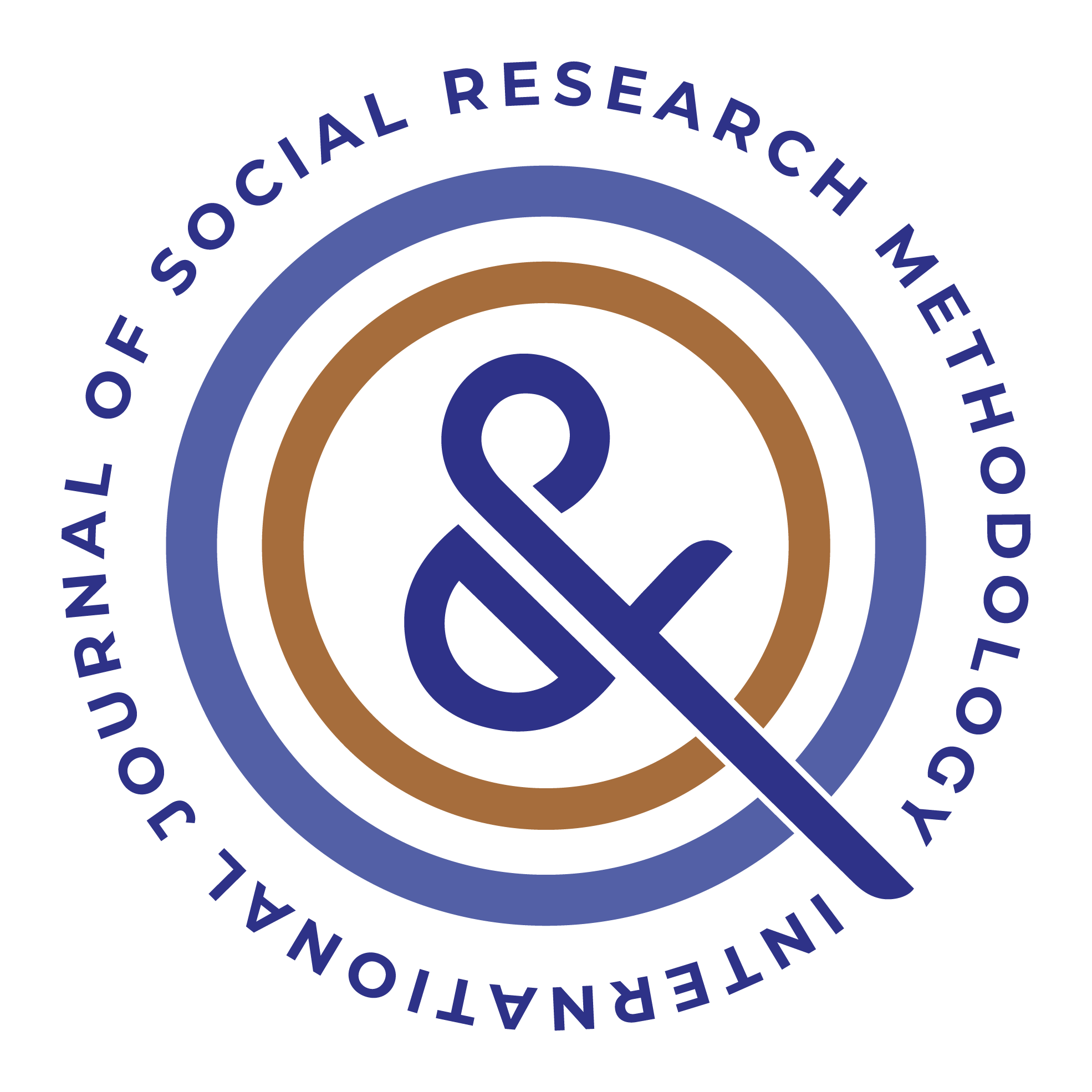by Paul Romanowich & Qian Chen,
The spring 2020 semester started like many others before – frantically preparing class materials, finalizing research proposals, and trying to squeeze in one last getaway trip. However, by mid-March 2020 that normalcy had fallen by the wayside. Like it or not, classes were now all remote, disrupting both data collection and plans for any meaningful travel during the summer. But what about that data that was collected? Was it any good, considering what our participants were experiencing? Not surprisingly, little research has focused on the impact major environmental disruptions have on data reliability, given how rare and unpredictable those disruptions are (have you ever experienced a pandemic before 2020?!?). However, we were fortunate to be collecting repeated-measure impulsivity data throughout the spring 2020 semester. Thus, this research note focuses on whether data obtained in the immediate aftermath of the beginning of the COVID-19 pandemic is reliable, from a test-retest perspective.
Our original research question centered around whether decreasing one aspect of impulsivity, delay discounting, would have a positive effect on test scores for Electrical and Computer Engineering students. Like many personality traits, delay discounting rates have been shown to be relatively stable via test-retest data (i.e., trait-like). However, there is also a growing literature that episodic future thinking (EFT) can decrease delay discounting rates, and as a result decrease important impulse-related health behaviors (e.g., smoking, alcohol consumption, obesity). Thus, delay discounting also shows state-like properties. We hypothesized that decreasing delay discounting rates via EFT would also decrease impulse-related academic behaviors (e.g., procrastination), resulting in better quiz and test scores. To accurately measure temporal aspects of delay discounting, EFT, and class performance students completed up to 8 short (27-items) delay discounting tasks from January to May 2020. Multiple EFT trainings significantly decreased delay discounting rates relative to a control group (standardized episodic thinking – SET). However, the impact of EFT on academic performance was more modest.
Although the data did not support our original hypothesis, we did still have repeated-measure delay discounting data throughout the semester, which included data from March 2020 when classes were switched from in-person to fully remote. This repeated-measure data set up a series of Pearson correlations throughout the semester between delay discounting rates at two points in time (e.g., delay discounting rates at the beginning of the semester in January 2020 and end of the semester in May 2020). Importantly, students in the EFT group completed a delay discounting task on March 22, 2020 – 11 days after the official announcement that all classes would be fully remote for the remainder of the semester. In terms of test-retest reliability, the data collected on March 22, 2020 stood out as not like the other. Whereas delay discounting task test-retest reliability was high throughout the semester (supporting previous studies), most correlations using the March 22, 2020 data was nonsignificant, suggesting poor test-retest reliability. Thus, it appeared that the COVID-19 pandemic had significantly, but only temporarily, decreased test-retest reliability for delay discounting rates.
The EFT data also afforded us a way to look at changes more qualitatively in behavior before and after March 22, 2020. As a part of the EFT trainings, students came up with three plausible positive events that could happen in the next month, 6 months, and one year. We coded these events as either having COVID-19 content or not for all students. Predictably, events containing COVID-19 content did not appear until March 22, 2020. However, this event content changed as the semester progressed. On March 22, 2020, most (6 of 7 events) of the content was for the 1-month event. By May 7, 2020 only two students included COVID-19 content, and this was for the 6-month event. Thus, students were more concerned with COVID-19 in March 2020 and as a closer temporal disturbance, relative to May 2020. Perhaps this focus on COVID-19 in the near future disrupted delay discounting rates. We can’t be sure from this data, but the idea is intriguing.
Although this research note was not a rigorously controlled experiment to explicitly examine test-retest reliability for delay discounting, there are still some important points to take from the obtained data. First, it does appear that large environmental disruptions in participants life can significantly change test-retest reliability on standardized measures. Social and behavioral science researchers should be aware of this when interpreting their data. It may also be worthwhile to include a brief measure for significant life events that may be occurring concurrently with their participation in the task. Second, the change in test-retest reliability we observed was only temporary. This is actually good news for researchers, in that even significant environmental disruptions seem to have a minimal impact on test-retest reliability one month later. Perhaps we are more resilient as a species than we typically give ourselves credit for. Lastly, we have no doubt that other social and behavioral science researchers collected similar repeated-measure data throughout the spring 2020 semester. One way to be more confident that our results are not an outlier is through replication. Although we can’t (and don’t want to!) replay the beginning of the COVID-19 pandemic, researchers around the world could profitably begin to combine their data for specific well-validated measures to examine how this large environmental disruption may have systematically affected their results. The same could be done for other large environmental events, such as earthquakes or wars. The end result would be a better understanding of how these environmental disruptions impact those measurement tools that we base many of our theories and treatments off of.
Read the full article in IJSRM here.

